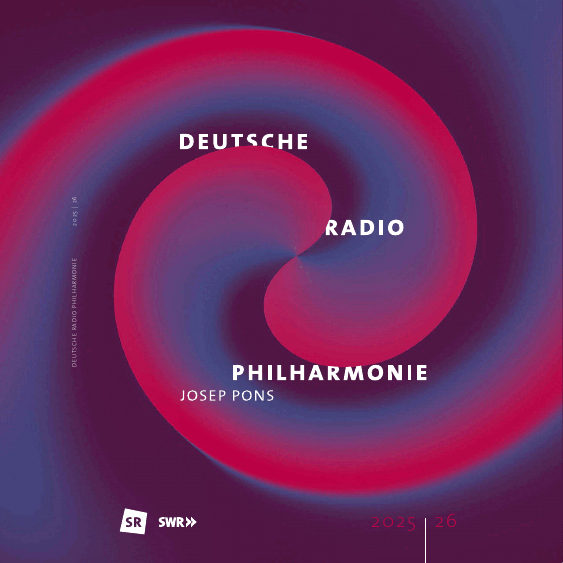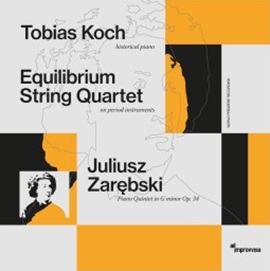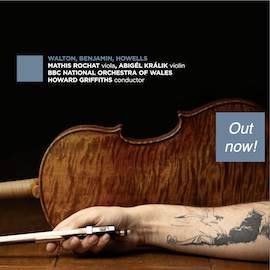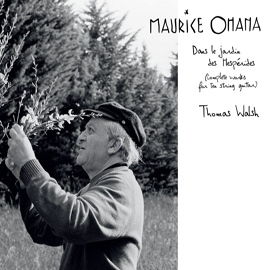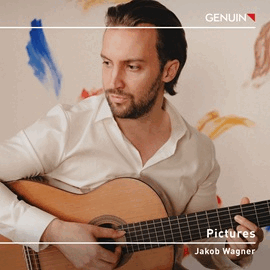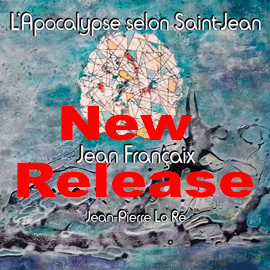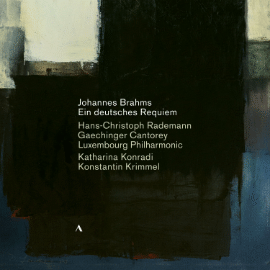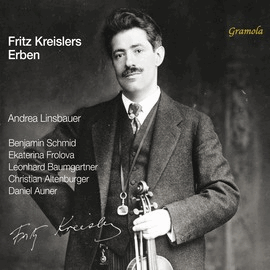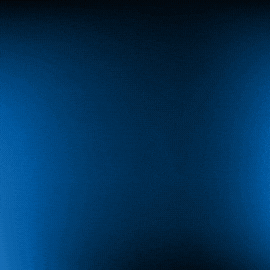Das Programm des serbischen Corda Piano Trio beginnt mit Shostakovichs Erstem Klaviertrio, das der Komponist im Alter von 17 Jahren komponierte. Es wurde oft als unbeschwert charakterisiert, doch das Corda Trio zeigt, dass mehr in der Musik steckt, die sie spannungsvoll und leidenschaftlich wiedergeben.
Faurés Trio ist von anderer Art: Auf den ernsten, aber auch hellen ersten Satz folgt ein erhabenes Andantino, das von einem jubelnden Schlusssatz abgelöst wird.
In diesem Trio fällt einem die Sensualität der Interpretation auf. Die reichen Themen von Faurés Trio werden mit einem Atem und einer Geschmeidigkeit phrasiert, die den natürlichen Fluss und Ausdruck der Musik bewahren, was meiner Meinung nach wunderbar zu den Absichten des Komponisten passt. Fauré war nie ein Mann der großen Ausbrüche, der lebhaften Reaktionen. Daher sollte man eher mit den Tempi und den harmonischen Gewürzen seiner Werke spielen als mit starken dynamischen Kontrasten.
Rachmaninovs Trio élégiaque beginnt nun wirklich sehr speziell. Die beiden Streicher wispern geheimnisvoll, das Klavier stellt sich brillant drüber. Erst bei der Reprise treten die Streicher stärker zutage, während das Klavier im Hintergrund bleibt. Das ergibt einen wirklich einzigartigen Effekt und legt den Grundstein für ein leidenschaftliches Dialogieren, wie man es nicht oft in diesem Werk zu hören bekommt, wobei es auch mal zu regelrechten Kämpfen um Dominanz kommt. Doch den Streichern gelingt es, sich zu behaupten und Gleichberechtigung zu erreichen.
The Serbian Corda Piano Trio’s program begins with Shostakovich’s First Piano Trio, which the composer wrote when he was 17. Although the piece is often characterized as light-hearted, the Corda Trio’s performance reveals its more intense and passionate qualities.
Fauré’s trio is different: The first movement is serious yet bright, followed by a sublime andantino and a jubilant final movement. The sensuality of the interpretation in this trio is striking. The rich themes of Fauré’s trio are phrased with a breath and a smoothness that preserve the natural flow and expression of the music, which in my opinion fits wonderfully with the composer’s intentions. Fauré was never a man of great outbursts or lively reactions. Therefore, one should play with the tempos and harmonic spices of his works rather than with strong dynamic contrasts.
Rachmaninov’s Trio élégiaque begins in a very special way. The two strings whisper mysteriously, while the piano brilliantly accompanies them. It is only in the reprise that the strings come to the fore, while the piano remains in the background. This creates a truly unique effect and lays the foundation for a passionate dialogue that is not often heard in this work, with occasional battles for dominance. But the strings manage to assert themselves and achieve equality.



